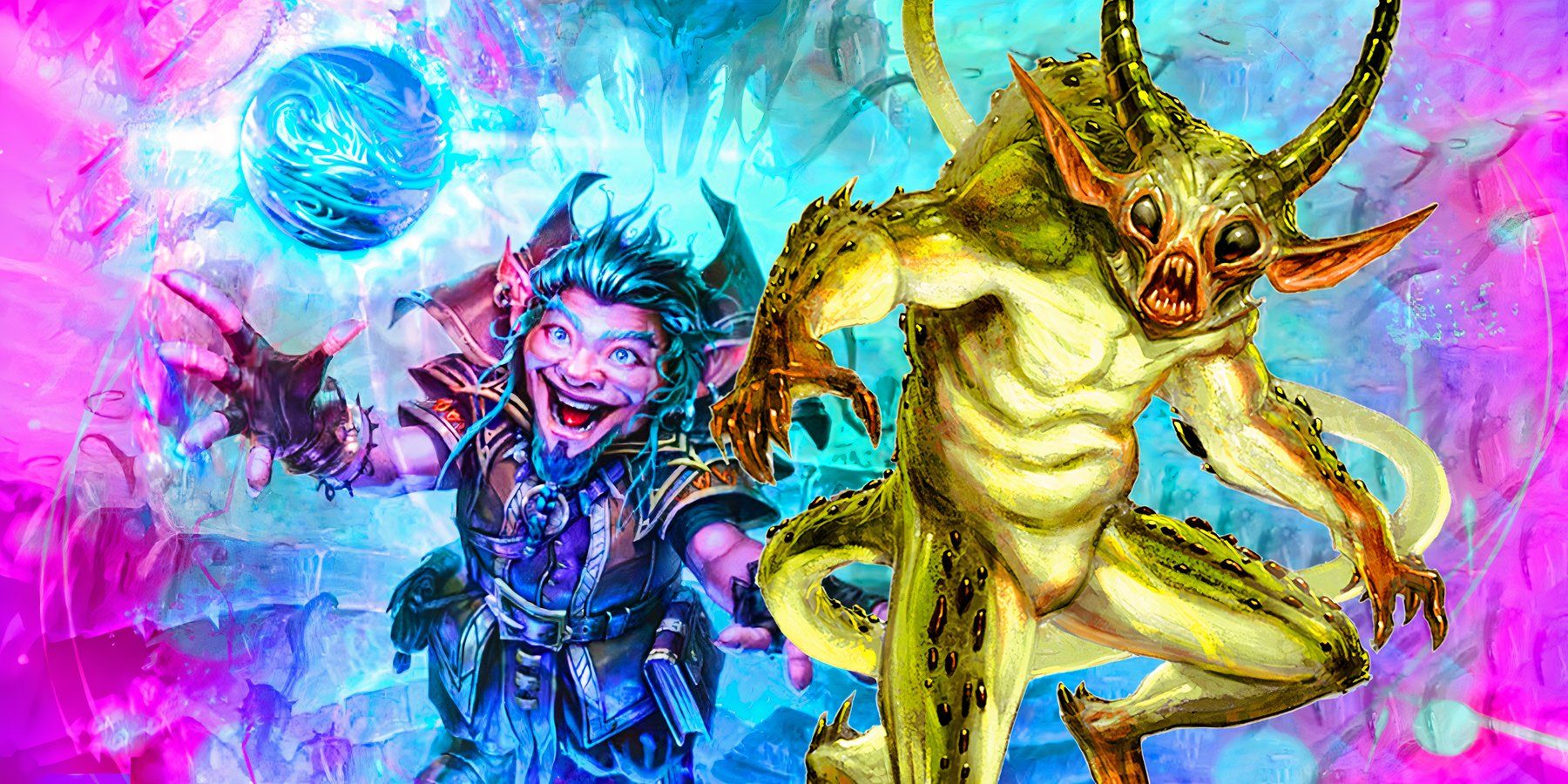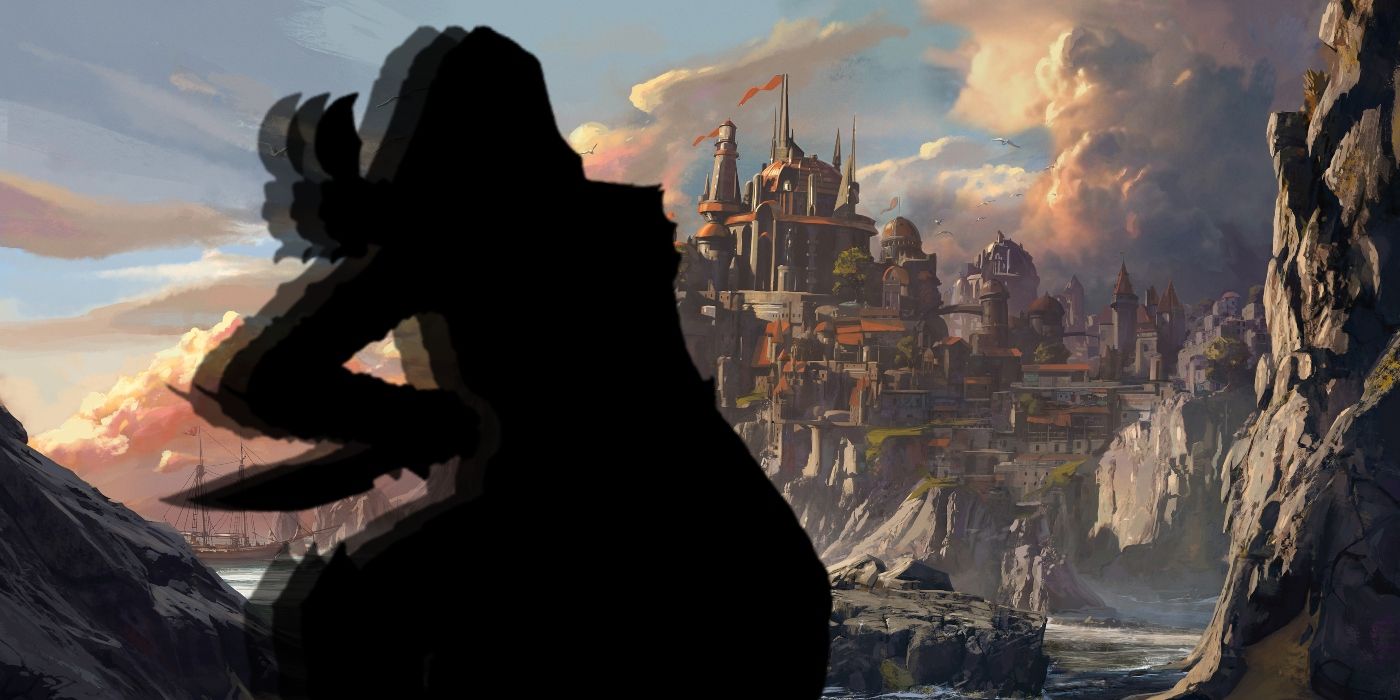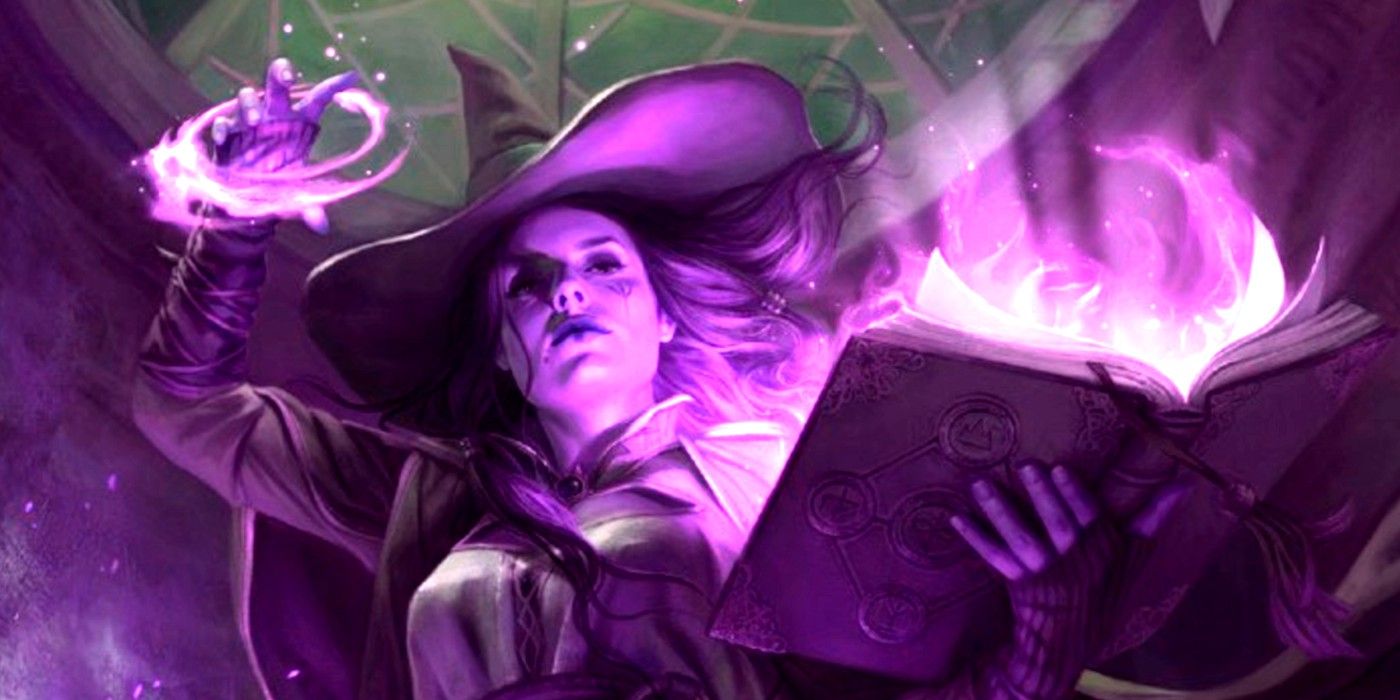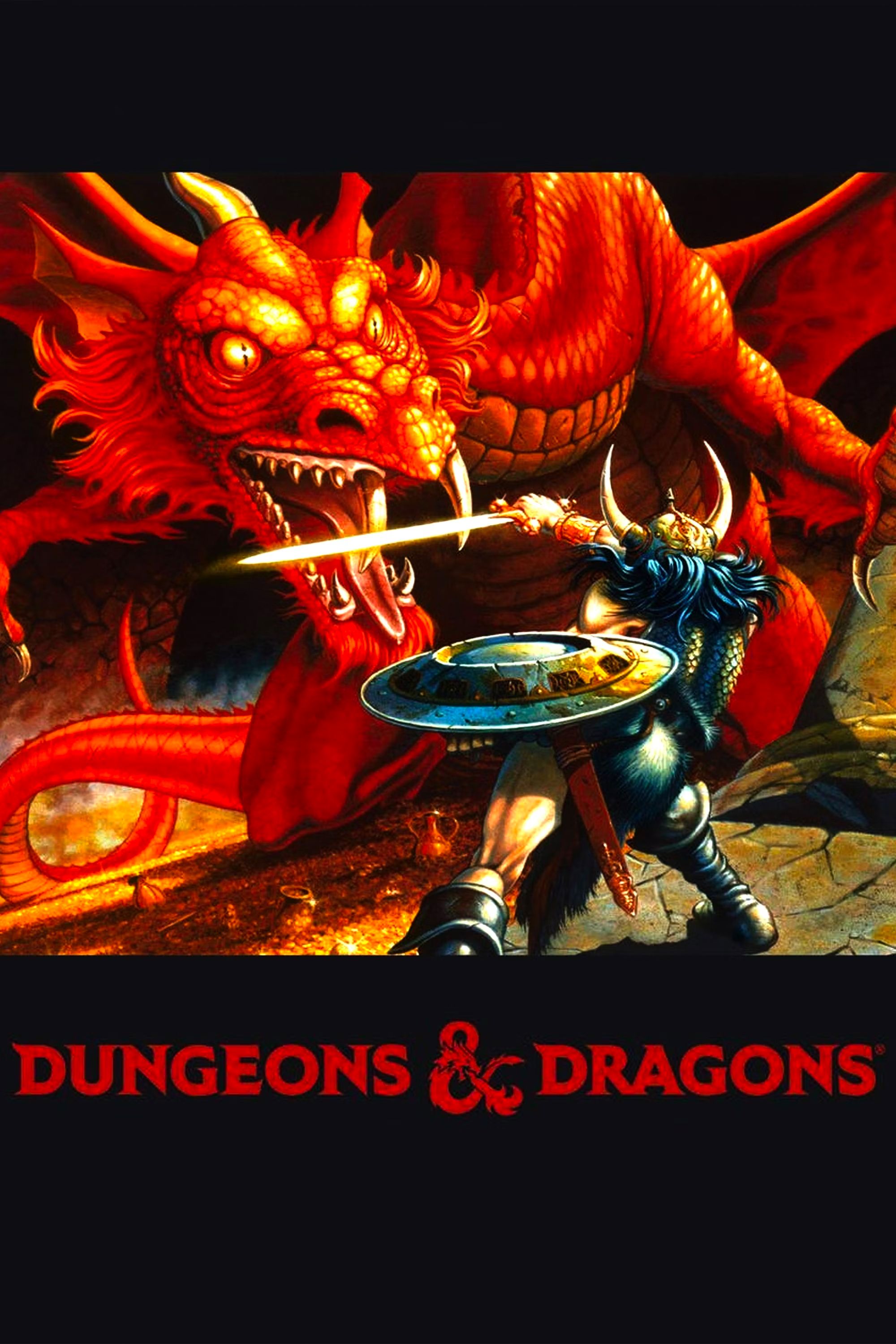Dungeons & Dragons 5e has a strong array of classes in the official material, but some of the best classes in the game are homebrew. Homebrew classes are creations developed specifically for DnD that did not come from one of the official rulebooks published by Wizards of the Coast. In some cases, in a more colloquial sense, it usually signifies a fanmade class or realm. With the release of the game’s fifth edition in 2014, fans have more tools than ever to develop their own unique classes and skills with the games’ mechanics.
The best DnD 5e homebrew classes lean into ideas that official material doesn’t properly explore, allowing players looking for a different approach from the usual classes to fulfill their fantasies. From brawny spellcasters to intelligent physical classes, the best homebrew classes can explore unusual ideas without breaking the balance of the game. Although DnD is undergoing major evolutions in 2024 with the introduction of new core rulebooks, a focus on backward compatibility ensures that players will be able to utilize their favorite homebrew 5e classes for years to come.
15 Accursed (By Ross Leiser)
An Afflicted Class That Uses Its Curse To Their Advantage
Curses are, generally speaking, not a desirable trait in a character class. The Accursed homebrew class by Ross Leiser turns this on its head, making it a class to be reckoned with. The Accursed is described as “a class that turns its struggles into its strengths” and the type of curse determines the direction the character will evolve.
Related
D&D Travel Terrain In The 2024 DM’s Guide: Pace, Encounter Distance, & DCs Explained
D&D’s new 2024 Dungeon Master’s Guide includes expanded rules around travel, exploration, and terrain. Here’s what they mean for your game.
There are five potential curses that the Accursed can be afflicted with: Lycanthropy, Misfortune, Possession, Armament, or Vampirism. Each comes with its own strengths and weaknesses, like the Curse of Misfortune making its owner skilled at manipulating luck and cheating fate. The class also comes with 16 brand-new spells that can be used by the various brands of Accursed and can even be adapted to a few other classes (mainly Warlock).
14 The Cipher (By LightningOpal)
An Adaptation Of A Pillars Of Eternity Class
Pillars of Eternity was a 2015 RPG by Obsidian that served as a spiritual successor to Baldur’s Gate at the time. One of the classes in the game was the Cipher, a rare magical being with the power to reach into the minds of others and manipulate their souls. LightningOpal has recreated the class for Dungeons and Dragons, to be played and enjoyed in the tabletop game.
The class is still undergoing tweaks, but it’s meant to act as a psion-like half-caster whose magical abilities hinge on physical attacks. In practice, this means that the Cipher has nothing stopping it from going on a killing rampage in order to boost its magic attack power, except morals, of course.
13 Swordmage (By The Arcane Athenæum)
The Best Of Both Magic And Physical Fighting World
The D&D world has plenty of users that dabble in both magic and physical attacks and skills. The trope is so common that it has its own word, the “gish,” from the Githyanki term for this kind of fighter. Unfortunately, the fighter who dabbles in magic (or vice versa) is under-represented in the official class roster of Dungens and Dragons at the moment.
The Arcane Athenæum sets out to change this through the invention of the homebrew Swordmage class, lovingly referred to by the community as the “Arcane Gish.” As the name implies, the Swordmage is inspired by the 4th edition class of the same name, with a bit of the Paladin and the magus class from Pathfinder thrown into the mix. Some may consider the end result a bit too overpowered, but with some tweaking, this magical sword wielder is a blast to play with.
12 The Summoner (By Yojimno)
Inspired By Summoners From The Final Fantasy Games
The Summoner was created by Yojimno with inspiration from Final Fantasy games. Specifically, Yojimno cites the system used by summoners like Yuna in Final Fantasy 10. The homebrew D&D class The Summoner, as the name implies, is able to summon a monster to fight alongside them in battle.

Related
D&D: 10 Major Changes To Eldritch Invocations In The 2024 Player’s Handbook
Eldritch invocations are more important for warlocks in Dungeons & Dragons than ever, providing more of their class features.
There are several subclasses for the Summoner, which dictate what kind of monster they’re able to call forth into battle. Summons vary in style and skill, like the humanoid treant-like creature or even a sentient armor. The spellcasting takes inspiration from the Warlock, but the creator made sure not to give the Summoner too much power as a spellcaster, to keep the class distinct from other magic-wielding options.
11 The Muscle Wizard (By The Finger)
A Punch-Focused D&D Spellcaster
Wizards and warlocks may be contenders for the most powerful classes in DnD, but some players wonder what would happen if they could use brute force as well as magic. The appropriately named “Muscle Wizard” bluntly answers this question in a humorous way. Originally a joke concept, Reual Nathan Onyrian created guidelines for playing the class.
The Muscle Wizard’s signature spell is ‘Fist’, which allows a character to use either an action or a bonus action to give enemies a single powerful punch. Despite its obvious status as a joke, the Muscle Wizard’s off-key sense of humor manages to endear itself to plenty of DnD fans, and less serious campaigns might enjoy having a character cast Fist every now and then.
10 The Artificer (By WeirdoWhoever)
Magic And Mechanics Combine
While many players have tried their hand at homebrewing an Artificer class for their own uses, WeirdoWhoever’s take on these magical inventors stands out from the rest. This iteration is actually WeirdoWhoever’s second pass at the concept, refined to fit better with the core rules of DnD and is different from the official 5e class.
This version of the Artificer can take on a variety of character builds as a battle artificer, from a ranged gunsmith to a tanky knight in mechanical armor. Weirdo Whoever even added a beast-taming specialization in the form of the Effigy Master, which commands mechanical beasts.
9 Inventor (By KibblesTasty)
An Alternative Take On The Artificer
The Inventor is one of the first homebrew classes that KibblesTasty created, and it remains one of their most popular. This take on the original DnD Artificer gives the class more depth and playability. The Inventor is an ever-curious and evolving character who’s always honing their craft.

Related
D&D: All 12 Class Capstone Abilities In The 2024 Player’s Handbook
The player classes in the 2024 PHB each get some powerful abilities at max level, though some are better than others.
The Inventor has a craft specialty, from potions to gadgets, and their specialty shapes the way they grow over their journey. KibblesTasty’s homebrew class gives players more freedom in how far they take their creations, from crafting thunder-infused cannons to bringing their gear to life with the “forbidden craft of Flesh.” The Inventor isn’t for everyone, but fans of the Artificer will enjoy using this more versatile and creative version of the class.
8 The Shaman (By Patrick Mitrega)
Ritual Power With D&D Flair
Patrick Mitrega’s take on the Shaman has gone through numerous reiterations and adjustments in attempts to balance out its features. As a Shaman, players harness the power of spirits to communicate with the dead and perform various rituals.
The fourth version of Patrick’s Shaman is available on DMsGuild as a pay-what-you-want offering, meaning players can make donations or download it for free. The class features two major subclasses: the Journey of Harmony focuses on healing, while the Journey of Wrath prioritizes combat. These two paths can lead to vastly different gameplay experiences, but both can be rewarding.
7 The Savant (By LaserLlama)
A D&D Class About Commonplace Mastery
Many of DnD‘s classes, homebrew or base game, rely on the use of magic as part of their skillsets. When creating the Savant, LaserLlama set out to make an innovative non-magical class that changed the way players thought about the game. With ingenious minds and the ability to quickly adapt, Savants can take on a variety of professions from archeology to medicine.

Related
D&D Needs Another Rogue-Style Stealth Class
There are a number of different character classes in Dungeons & Dragons, yet only the Rogue fills a specific role every party needs to stay alive.
While a bit similar to the base Rogue class, the Savant appeals to players interested in relying on their cunning in ways that extend beyond subterfuge. It’s an unusual change from the use of magic or brute force that dominates a lot of DnD play, and it can be especially fun and unique because of this. The class has gone through a number of revisions to reach the most recent 4.7.0 version, which has a litany of balance tweaks while adding new features to an already complex class.
6 The Necromancer (By Mozared)
Raising The Dead With Detailed Flair
Some of the most popular DnD monsters involve creatures of the undead, such as zombies and liches. The Necromancer class by Mozared opts for something a little different, allowing players to fight alongside the dead. Even in a campaign where characters mostly do good, tapping into dark powers can reap powerful results.
Unlike the School of Necromancy for Wizards in the Player’s Handbook, Mozared’s dedicated class offers features of every flavor that fit under the necromancy umbrella. From communicating with the dead through séances to draining the life force of their enemies, players taking up this class can properly explore the macabre.
5 The Psion (By KibblesTasty)
D&D Homebrew Magic From The Mind
The Psion homebrew class is reminiscent of Star Wars DnD homebrew, giving players Jedi-like powers while fitting into the basic flavor of the game. Developed by popular Homebrewer KibblesTasty, Psions rely on the power of their own minds as opposed to an external source of magic or the magical birthright of a Sorcerer.
KibblesTasty’s Psion class comes with a host of archetypes and disciplines, allowing players to flavor their Psion in a wide variety of ways. This can make it a slightly more complex class to set up than ones included in the official material, but players to prioritize magical flexibility over raw combat power might find it well worth the time.
4 The Witch (By Mage Hand Press)
Eye Of Newt & Toe Of Frog Galore
The website Mage Hand, previously known as Middle Finger of Vecna, offers an intriguing homebrew interpretation of witches. Aside from the obvious familiars and cauldrons, witches are unique in that they have their own list of spells to pull from.

Related
Why D&D Finally Stopped Getting Called Witchcraft
During its early years, Dungeons & Dragons was constantly accused of leading people to real witchcraft. Here’s why people’s perceptions changed.
Known as ‘curses’ and ‘hexes’, these black magic spells focus on inflicting pain and suffering, with the few white magic spells reserved for healing and team boosts. Hexes like Evil Eye, Mire, and Pox give this class a distinctly witchy flavor that stands out from anything published by Wizards of the Coast.
3 The Scholar (By A. M. Black)
Intellectual Pursuits In D&D
Created by A. M. Black, the Scholar is a homebrew class so well-developed that some fans want to see creators Wizards of the Coast make it an official class. As an intelligence-based class that isn’t focused on magic, the Scholar offers a different way for players to explore 5e.
Unlike the more practical Savant, the Scholar carries a strong leaning towards book smarts and intellectual pursuits. Most important to the Scholar are ‘discoveries’, a wide array of buffs Scholars can learn and swap out as they level up. Discoveries range from gaining additional proficiencies and languages to even learning a bit of magic.
2 The Pugilist (By Benjamin Huffman)
A Homebrew Hand-To-Hand D&D Combat Build
Inspired by DnD‘s traditional monk class, the Pugilist diverges from its source by trading mystic arts and discipline for scrappiness and physical strength. Although the full current version of the Pugilist is a paid resource, a trial version offers a less expansive source for the class for free.
Instead of regular specializations, the Pugilist can instead choose from a variety of fight clubs instead. Most noteworthy of these fight clubs is the Dog and Hound, which allows members to take on a loyal dog companion of any kind.
1 The Blood Hunter (By Matt Mercer)
A Hombrew Class With Dark D&D Powers
Matt Mercer, DM of podcast Critical Role and professional voice actor, is also known for the 5e homebrew material he has created. His most popular class to date comes in the form of the Blood Hunter. As a Blood Hunter, players can create their very own Van Helsing and dabble in forbidden powers such as lycanthropy.
With an array of deeply developed orders to spec, multiclass options, and a balanced yet in-depth leveling system, the Blood Hunter is considered as good as official by many 5e players. It certainly shows up in more campaigns than the average Dungeons & Dragons homebrew class, and it’s easy to see why this is the case.
Sources: Reddit (1, 2, 3), Reual Onyrian/GM Binder, Patrick Mitrega/DMs Guild, LaserLlama/Patreon, Mage Hand Press, Benjamin Huffman/DMs Guild, Matt Mercer/D&D Beyond, Yojimno/D&D Beyond, KibblesTasty (1, 2), The Arcane Athenæum, LightningOpal/GM Binder, Ross Leiser/DMs Guild

Dungeons and Dragons
- Original Release Date
- 1974-00-00
- Publisher
- TSR Inc. , Wizards of the Coast
- Designer
- E. Gary Gygax , Dave Arneson
- Player Count
- 2-7 Players





